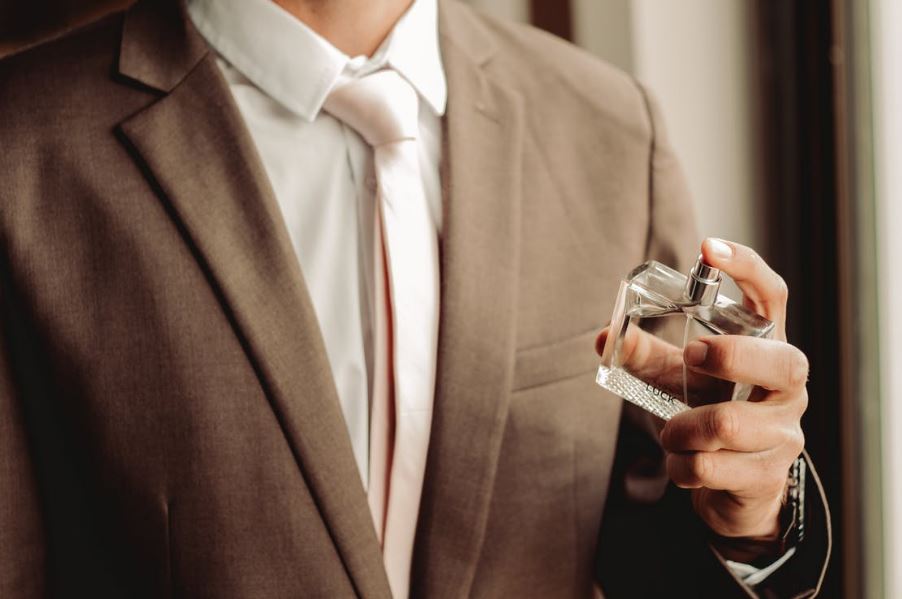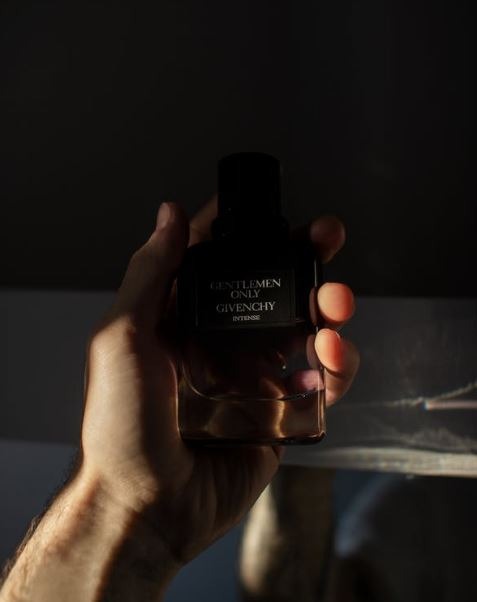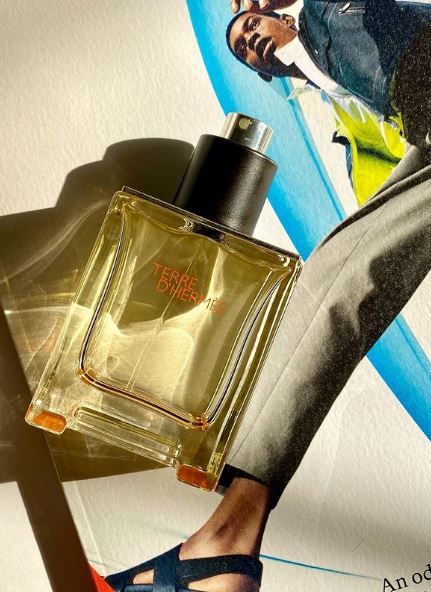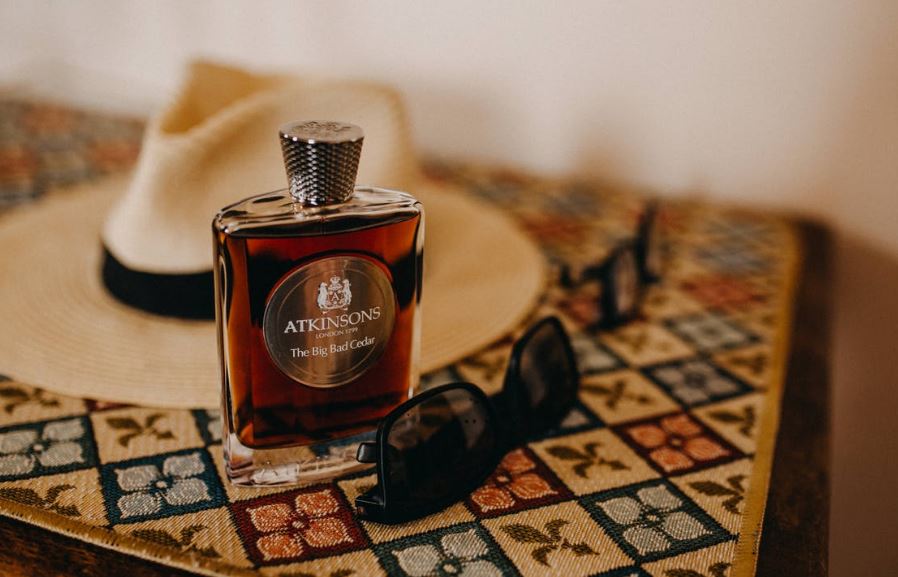Men’s scents are a science unto themselves. One of the few times when chemistry and artistry intersect and are also handled with equal respect and admiration.
However, it has a nasty habit of speaking in its own ‘insider’ vernacular, as does any multibillion-dollar profit-generating worldwide industry. This linguistic barrier, along with an endless number of options in a crowded market, doesn’t make finding a new distinctive smell any easier.
We can’t do much about the available selection, which, by the way, isn’t going away anytime soon. Still, we can help you become perfumery-literate, demystifying the smoke and mirrors so you can make a more informed, tailored-to-your-personal-taste and clear-sighted choice. So, with this ultimate guide to men’s scents, we’ve made things easy for you.
Types of Men’s Fragrances
View this post on Instagram
It’s critical to get the right fragrance concentration. It can fade away without a trace if it’s too mild; if it’s too severe, it can last longer than a Duracell bunny, resulting in a splitting headache.
We must first consider how a scent is manufactured to grasp better which composition is best for you. A formula (a mixture of oils) is diluted in a ‘carrier,’ usually alcohol, to help stabilize the scent and manage its duration on the skin. The higher the oil-to-alcohol mix, the stronger and more long-lasting the smell, and, in general, the more expensive it is.
Eau Fraiche
Eau Fraiche is the lager-shandy in the fragrance pecking order and is considered a bit of a lightweight by true perfume aficionados. They have the lowest concentration of oils (typically 1-3%) and are primarily diluted with water rather than alcohol, so they only stay on the skin for around 1-2 hours, making them ideal for an energizing but short post-shower spritz.
Eau de Cologne
Eau De Cologne, like Eau Fraiche, is shrouded in snobbery because of its modest oil concentration (2-4%) and transient activity (usually 2-4 hours before evaporation). It is, however, primarily diluted with alcohol, making it more three-dimensional.
This is a great pick for a summer scent because it is the perfect combination of modest but present. Don’t confuse the umbrella term ‘cologne’ with Eau De Cologne; cologne is simply the slang for any manly fragrance.
Eau de Toilette
When it comes to Eau De Toilette (also known as EDT), the credibility of a fragrance rises substantially. These scents will last you through the day, but not into the evening, thanks to their 5-15% oil concentration. As a result, it’s an excellent choice for the office, especially because the fresh, top notes, such as citrus, take center stage, with the cocktail’s heavier ingredients serving only as a backdrop.
Eau De Parfum
Eau De Parfum formulations, traditionally more popular in feminine perfumery, are increasingly becoming more common in masculine perfumery. Fuller-bodied components like leather or wood are frequently charged to do most of the hard work, giving them their inherent sophistication, with an oil content of 15-20% (lasting 4-5 hours). Don’t be fooled, though; you should expect to pay twice as much as you would for a comparable Eau De Toilette.
Extrait De Parfum / Parfum
Parfum contains the highest oil-to-mixer ratio (20-30%) and is consequently regarded as the purest option among fragrance connoisseurs. They remain in the air for a lengthy period after you leave a place, and they usually remain on the skin until you wash them off, just like a nice cognac or a Cuban cigar. When you need their bold scent to be felt from morning to night, such as at a wedding, choose this option.
Families of Fragrances
All fragrances can be classified as members of a ‘family’ of similar aromas that share some DNA and, in many cases, elicit the same emotional responses in their owners. These aroma families are usually led by their main ingredients and the places where they are native, similar to how different types of wine are led by different types of wine.
It may sound like fancy scent talk, but it’s worth studying since if you enjoy one fragrance, there’s a good chance you’ll like others in the same family, making buying easier.
Woody
The woody category is among the most evocative and nostalgic of all fragrance families, conjuring up thoughts of pencil shavings, old books, and campfires. Oak, sandalwood, patchouli, cedarwood, and vetiver are warm, dry, and rich woods that tend to tilt this group towards the manly side of things, so it’s no surprise, you’ll find more than a few fragrance icons here.
Aromatic
Aromatic fragrances are generally plant-based and have a magical ‘woodland’ aspect. They are both calming and uplifting in equal measure. Herbal notes like cumin, rosemary, lavender, thyme, and clary sage, frequently coupled with deeper, musky notes, are virtually entirely reserved for masculine fragrance.
Citrus
This category, often known as the ‘Hesperide’ family of perfumes, is a celebration of lively and zesty citrus fruits, as the name suggests. Expect citrus fruits like orange, lemon, bergamot, yuzu, mandarin, and grapefruit to be mixed with the blossoms and leaves of citrus fruit trees like petitgrain, neroli, and orange blossom to soften the edge and create delicacy in the dry-down. Citrus fragrances tend to be bold initially but eventually settle into one of the most subtle and easy-to-wear scent categories.
Chypre
Perfumers, pronounced ‘shee-pra,’ believe this family to be the most sophisticated and well-rounded of all the families. These perfumes, which date back to the Roman era and are distinguished by a woody-mossy base, are a precise science of mixed notes (known as an accord) that include citrus (typically bergamot), cistus labdanum, patchouli, and animalistic oakmoss.
Floral
Floral perfumes are regarded as the most feminine of all fragrances for obvious reasons (although many great masculine scents feature iris or geranium). It is, nevertheless, the largest and most diverse, owing to the great number of flower-based oils available to perfumers. The principal characters are jasmine and rose, with backing from an inexhaustible supply of aromatic blooms such as tuberose, gardenia, and magnolia.
Leather
The leather family of fragrances is distinguished by its powdery, smoky, mature, and deep features. Its origins may be traced back to when tanneries used tobacco, smoke, resins, wood, and even honey to mask the bad odors of the tanning process. Another largely masculine group, today’s leather notes are mostly made of synthetic chemicals, yet they’re still good enough to make instant classics.
Fougère
The fougère family has a vintage appeal, having been popular in the 1970s. It is virtually solely designated for male scents because it is the greenest of all the fragrance categories (it smells like a punch of crushed grass and leaves). Folgère, which means “fern-like” in French, is a strong aromatic that typically contains oakmoss, lavender, and coumarin (which smells like freshly harvested hay).
Oriental
The Oriental category is hedonistic, sumptuous, and sensual, full of Eastern promise. Spices and resins from Turkey, East India, and the Middle East, such as oud, frankincense, and myrrh, give these smells an almost hypnotic appeal and are among the most expensive (owing to their uncommon constituents). They’re frequently worn as evening perfumes because they have a lot of punch and can be a touch overbearing.
Types of Scent Notes
There are three types of notes that fragrances can produce:
- Top
- Middle (heart)
- Base notes
Because of the small, light molecular structure, the top notes are the fragrance’s first smell and will fade soon. When you’re trying fragrances, this is the scent that either draws you in or sends you away. Light fruits, citrus, and ginger are common top notes.
Middle notes (also known as heart notes or medium notes) arrive after the top notes and can appear between 2 and 30 minutes after application, depending on the fragrance. As the fragrance progresses to its ultimate stage, the base note will last between 3 and 5 hours. Amber, lavender, vanilla, and lemongrass are all frequent middle notes.
Because of their huge, hefty molecules, base notes will be the most powerful of the three and will create the fragrance’s body. When the top notes have entirely disappeared, these notes appear. The predominant scent of the fragrance is formed by the interaction of the medium and base notes.
Long after the other notes have faded from the skin, the base notes will stay. Stronger, “deep” odors like tobacco, leather, various types of wood, and pine are common base notes.
Not all scents follow this note development; some will remain the same from the time you apply it until you wash it off or it fades away. Because of this, these perfumes are referred to be “linear.”
The cheapest perfumes are usually linear. However, there are several that follow a non-linear top-middle-base trend.
Choosing the Right Scent
View this post on Instagram
Take a stroll inside your neighborhood department store and get a scent of what they have to offer. Don’t be misled by pushy salespeople; instead, trust your instincts.
Testing advice:
- Using paper testers, try out potential smells until you’ve narrowed it down to two.
- In between fragrances, skip the coffee beans. Instead, clean your palette with the smell of your inner elbow. Your skin’s PH is better at balancing the senses.
- Wait 15 minutes to smell option one on one wrist and option two on the other. This allows you to scent how the cologne interacts with your body chemistry and for the cologne’s high notes to fade and the middle notes to emerge.
- The middle notes are the scent’s signature scent, and they’re what you’ll smell like when you wear it. After an hour, revisit each scent to assess how it has settled.
- Many specialty stores will prepare a small sample of any smell for you to try at home. Take advantage of this by trying out a couple of scents for a week before investing in a whole bottle.
Application
Fragrance application is far more strategic than a random spray. The pulse points on your body are where you apply cologne. Allow your body’s natural heat to disseminate and activate the aroma by dabbing a touch of cologne on these pulse points.
Fragrance Pulse Points:
- Behind the ears
- Wrists
- The base of the neck
- Inside your knees
- Inside your elbows
When applying the aroma, make careful to dab rather than rub it in since this might cause the fragrance’s high notes or leading smell to be ruined. Allow the smell to take its course. You can try the spray-and-walk-away strategy, but it’s simpler to overdo it and waste excellent cologne this way.
When Is Too Much?
Learning how to apply the proper quantity of cologne is crucial for every man to master. You’ll not only save yourself a lot of guesswork, but you’ll also spare everyone else around you from having to deal with an overpowering odor.
According to the rule of thumb, no one should be able to notice your scent unless they are within a one-foot radius of you. Always begin with a tiny dose and gradually increase as needed.
To get you through the day, you should only need 1-2 spritzes or dabs. This should be a complement to your persona rather than a sensory overload.
Your skin type will also determine the amount of cologne you should use. Because fragrance sticks longer and stronger on oily skin, apply it sparingly. The fragrance will most likely go off sooner if your skin is dry. Try hydrating the area before applying for longer-lasting results.
If you have a lot of scented toiletries in your bathroom, stick to one scent for the day. Don’t use more than one scented product every day, whether it’s a spritz of cologne, a scented deodorant, or an aromatic body wash.
Other Things to Think About
Seasonality
Take control of the seasons by changing your scent according to the weather. Go for a fresh or floral aroma for the warmer months rather than something musky. Indulge in spicy, woody smells throughout the cooler months.
Signature Scent
View this post on Instagram
This is the ultimate goal that you should strive for. Finding the ideal trademark fragrance is difficult and might change over time, but a man who has found his signature scent understands himself and what perfume best represents him.
Find a smell that you’d like to be remembered by and that you’d be happy wearing every day. Your unique perfume is a part of your legacy, and you should cherish it as such.
Evening and Day
Try capturing the essence of day and night in the same manner that seasonality captures the essence of weather fluctuations. Fresh, floral, or citrus notes will cool you down throughout the day, while spicy or rich musk undertones will give intrigue to the night.
How to Store Cologne Properly
Purchasing high-quality cologne is an investment that, with appropriate care, should pay off handsomely. Whether you use cologne regularly or only on special occasions, a bottle of cologne should last a long time, provided the following factors are avoided:
- Heat
- Oxygen
- Light
Consider putting your cologne in the refrigerator if you only wear it once in a while. This will prevent a lot of these things from ruining your scent.
That’s it — a full guide of men’s fragrances. It should now be simple for you to go out and make the best decision for your needs. Gentlemen, best of luck! And if you’re interested in more guides, you can pick either the men’s guide to using silver fashion jewelry or the ultimate guide to men’s blazers.





